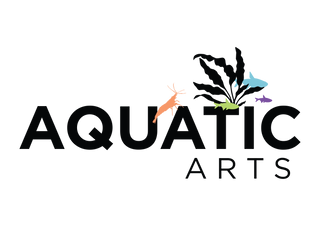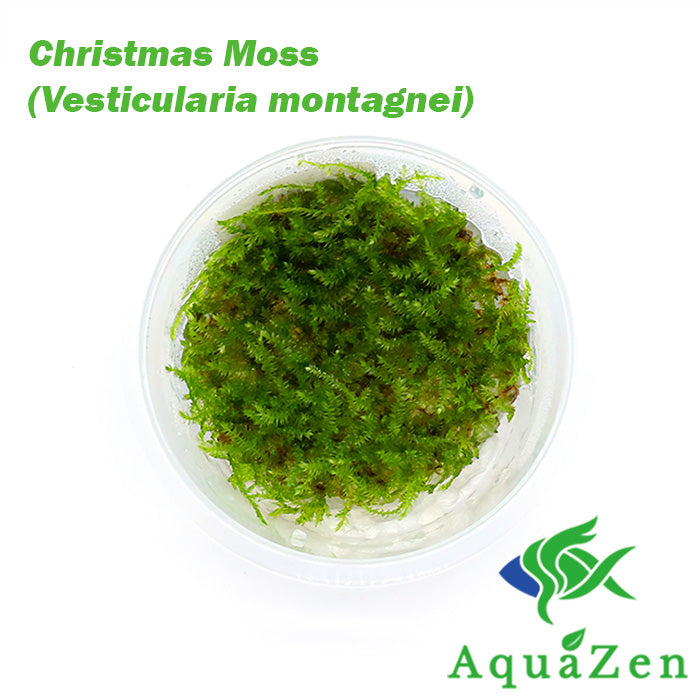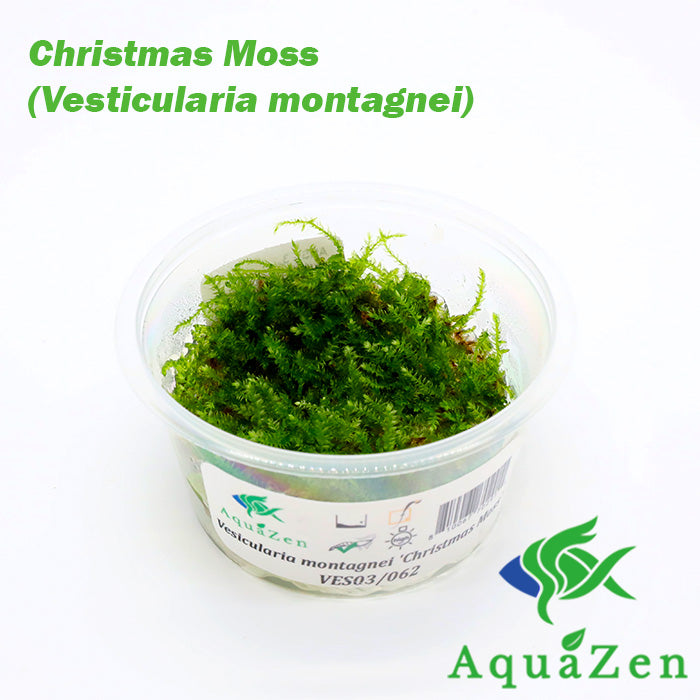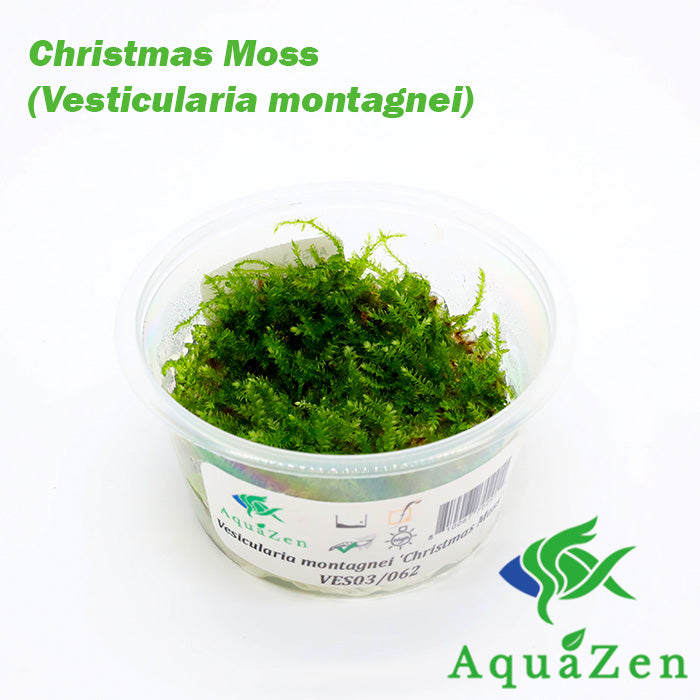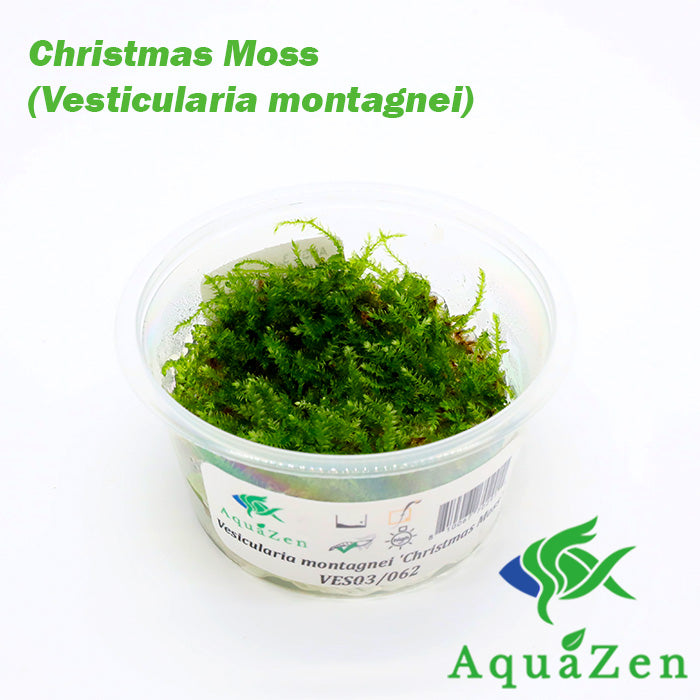Christmas Moss AKA Xmas Moss (Vesicularia montagnei, FKA V. dubyna) Tissue Culture
- In stock, ready to ship
- Backordered, shipping soon
Christmas Moss is one of the most sought-after aquarium, terrarium, and paludarium mosses due to its fluffy texture, bright green color, and easy care!
The Christmas Moss (Vesicularia montagnei, formerly known as V. dubyana) is a stunning and versatile aquatic moss named for its distinctive, fir-tree-like branching pattern, resembling tiny Christmas trees. This slow-growing moss is a favorite among aquascapers for its ability to create lush green carpets, drape over driftwood, or be attached to rocks, enhancing the natural beauty of any freshwater aquarium.
Grown in sterile tissue culture, this moss is 100% pest-free, disease-free, and algae-free, ensuring a clean and healthy start for your aquascape. Unlike traditionally grown moss, tissue culture specimens arrive with strong, young growth, ready to establish in your tank.
Features We Love:
- Distinctive Christmas Tree Growth Pattern – Forms lush, layered fronds perfect for aquascaping.
- Easy to Grow & Low Maintenance – Thrives in a variety of tank conditions.
- Perfect for Shrimp & Nano Tanks – Provides excellent cover and biofilm grazing areas for shrimp and fry.
- Attaches Easily to Hardscape – Grows beautifully when tied to driftwood, rocks, or mesh.
Care Guidelines:
- Light: Low to moderate.
- Temperature: 65° - 80° F (18° - 27° C).
- pH Range: 6.0 - 7.5.
- Growth Rate: Slow to moderate.
- Ideal Placement: Attached to driftwood, rocks, or mesh.
Pro Tips:
- Attach with Thread or Glue – Use fishing line, plant glue, or mesh to secure moss until it establishes itself.
- CO₂ & Fertilization Boost Growth – While not required, CO₂ and liquid fertilizers encourage faster, denser growth.
- Trim Regularly for a Fuller Look – Cutting back encourages a more compact, bushy growth habit.
- Great for Breeding Tanks – Provides hiding spots for shrimp and fish fry while promoting biofilm growth.
For the safety of our animals, we only ship live fish, crabs, and select other inverts exclusively via UPS 1 Day Air. If your order contains this item, you will only see UPS 1 Day Air as a shipping option during checkout. If other items are in your cart that can ship with 2 day or standard shipping options the only shipping method you can still select is UPS 1 Day Air.
UPS 1 Day is a description of the duration of time a shipment will spend in transit once it has been shipped. This does not guarantee the package will be shipped the same or next day from which the order was placed.
Shipping Schedule for this service
Current Handling Time:
1-9 business days
Here at Aquatic Arts, we consider the welfare of the live animals we are shipping to be of the foremost importance. This process is much more involved than simply creating a shipping label and affixing it to a box. Depending on the order, it takes from 4 to 7 people to complete this process properly. We check the weather conditions here where they fly out of the Indianapolis UPS facility and the destination for each shipment. We start early each morning and go through a multi-step process to have the day's shipments prepared in time for the UPS pickup. The volume of orders in our system also affects the processing time. Therefore our stated handling time is 1-9 business days.
Shipping Rate
Pricing is by size of package needed to fill entire order and distance it must travel. It will be calculated at checkout.
